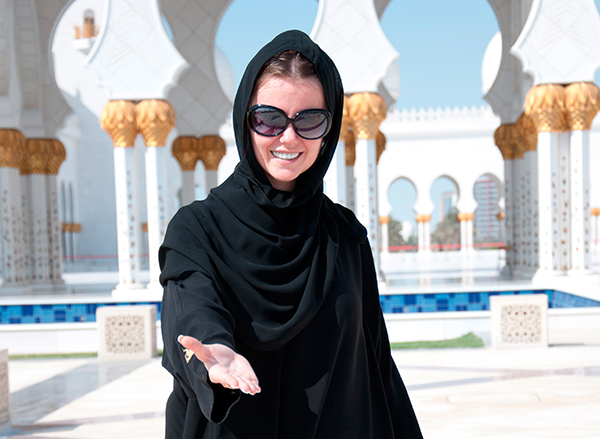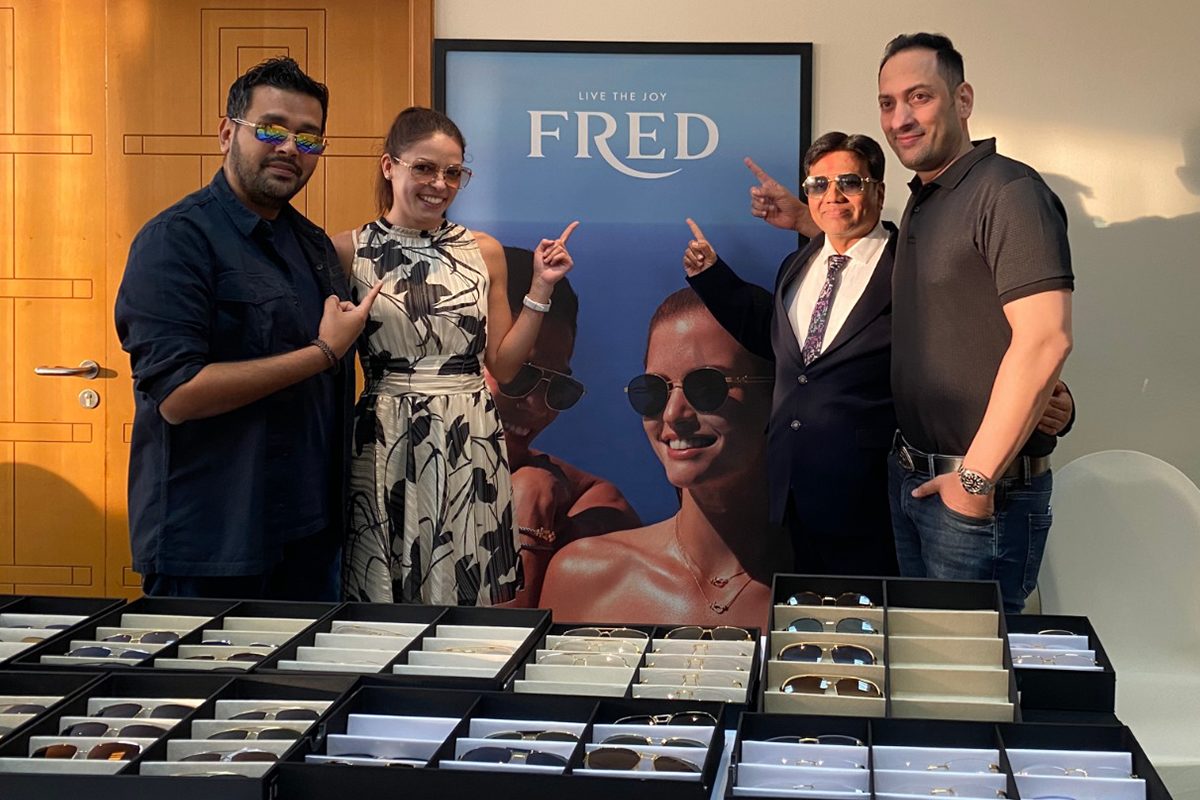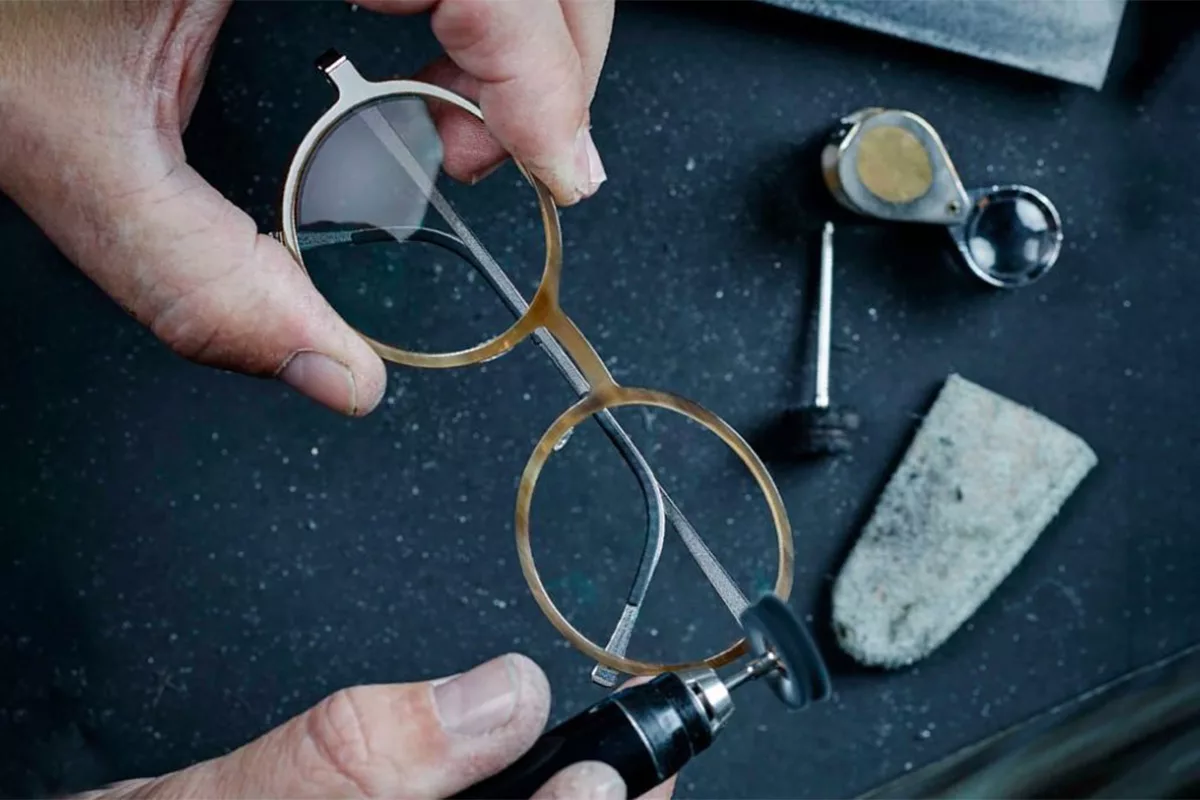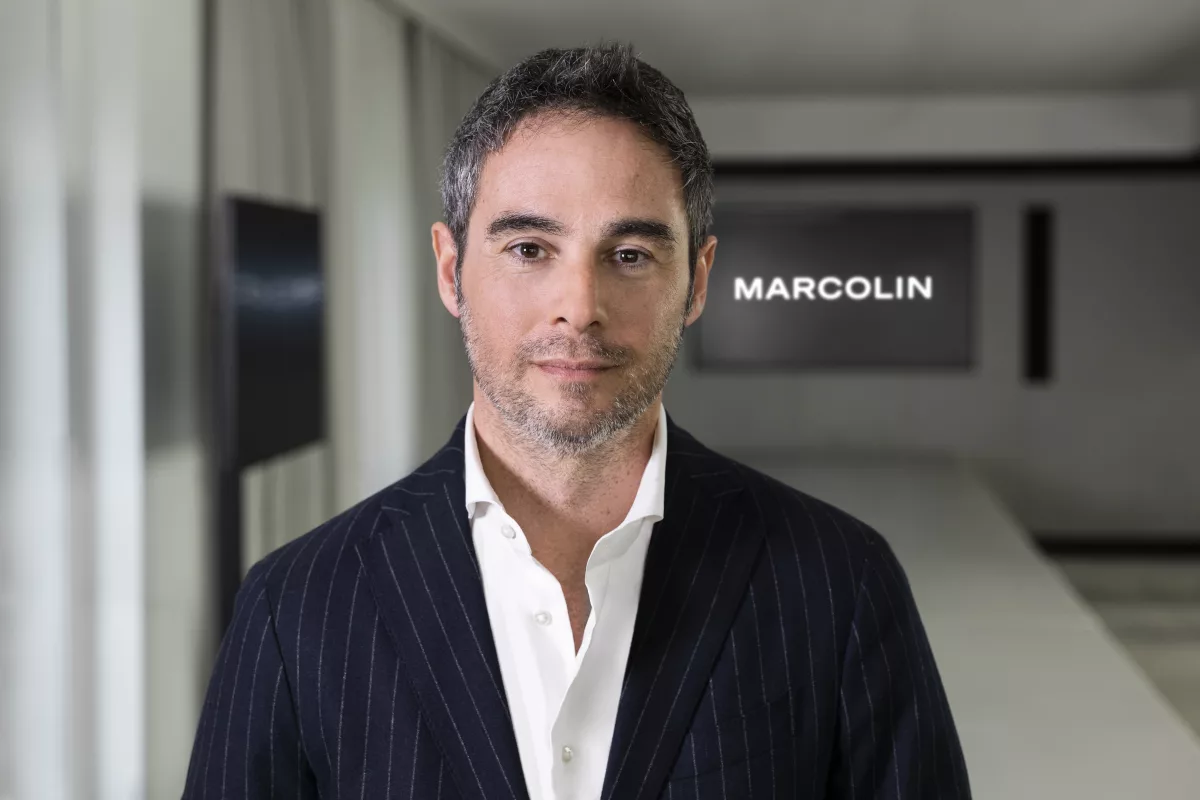In the third of a series on the optics trends in the Gulf, GfK’s David Lewis looks at optimising brand range and the potential of online in the region

So far we have examined the key dynamics of the opticians channel landscape – first in the United Arab Emirates (UAE), and then in the Kingdom of Saudi Arabia. We have highlighted variances in city concentration, primary locations of optician stores and similarities of category availability – as well as the importance of health and, notably, fashion and beauty within the regional markets.
In the last article, we referred to the range of branded frames and sunglasses found in store. Now we will explore findings from our GfK Universe Study, which surveyed all opticians across the UAE and within the 21 cities of Saudi Arabia. In particular, we will focus on one of the key challenges facing opticians: what is the optimal range of brands available in store?
Optimising range, based on location
The importance of offering the right product range for your consumers and patients is clear. The high concentration of stores in the malls in UAE or alongside ‘main roads’ in Saudi Arabia makes it easy for consumers to shop between outlets, to find the product that is right for them.
Identifying the right product and brand range is not straightforward, especially for outlets with limited space – such as in the UAE where 40 per cent of stores hold sales area of less than 10 square metres. The challenge is increased when you consider that there are tens of thousands of frames and sunglass models available across more than 850 brands1.
As part of our Universe Study, we measured the availability of more than 60 fashion house brands in the Frames and Sunglass categories.

On average, opticians in Saudi Arabia are offering 13 leading brands of spectacle frames and 14 leading brands of sunglasses, in addition to their low-cost ‘white-label’ range. And the picture in UAE is highly comparable, with 12 brands in spectacle frames and 13 brands in sunglasses.
Looking deeper into the availability of fashion house brands, we see three key variances; the range offered to consumers differs based on city, on store location and on store size.
❖ Dammam and the surrounding cities of Hafar Al Batin and Hofuf show demand for a wider range, with an average of 19 leading brands of spectacle frames and 20 sunglass brands. Similarly, Dubai leads the way for the UAE with 15 brands within spectacle frames and 16 within the sunglass category.
❖ For stores located in shopping malls in the UAE and Saudi Arabia, we see the average number of sunglass category brands offered rising to 18 and 20 respectively.
❖ And in the UAE, those stores with a sales area above 30 square metres are, on average, displaying 7 more brands of spectacle frames (18) and of sunglasses (19) than stores of 30 square metres or less.
Online presence
Online is growing fast in the region, with 61 per cent penetration in Saudi Arabia and 88 per cent in the UAE2. During Vision-X 2014, two key consumer uses of online were examined: product research and actual purchase. So online offers a strong platform to promote the range of brands available in store to potential consumers and patients, in addition to the traditional offline methods of store signage and windows displays.
For technology markets within the UAE, online purchase is a growing regional trend with an estimated 3 to 5 per cent of digital technology sales now occurring online3. The future potential of this channel for the optical industry is indicated by more established online markets in EU(6), where 18 per cent of contact lens spend occurred online in the latest quarter4. But increasing connectivity is encouraging omni–channel behaviour amongst consumers, who are able to switch between offline, online and mobile channels for information on products and prices. Despite this, 3 in 4 opticians across UAE and KSA are currently not present online. While offering limited – but growing – opportunity for sales at present, being online provides clear potential to promote product range and manage consumers’ growing omni-channel shopping behaviour.
1GfK Retail Audit, UK, Number of Selling Brands, YTD-2014
2Source: www.internetworldstats.com; 15 November, 2014
3GfK Retail Audit, UAE, Digital Technology Goods, Volume Share per cent, Oct-2014
4GfK Retail Audit, EU6 – DE,GB,NL,FL,PL,NO, Value Share per cent, Q3-2014
David Lewis is Head of Optics for GfK’s Consumer Choices in the Middle East. The data in this article is from GfK’s global optics panel, which tracks sales of sunglasses, frames, spectacle lenses, contact lenses and contact lens care products in over 20 countries worldwide. GfK is currently expanding this panel within the United Arab Emirates and the Kingdom of Saudi Arabia, to further investigate the positive development of the optics market across the Gulf region. Please contact ae@gfk.com for further details.












